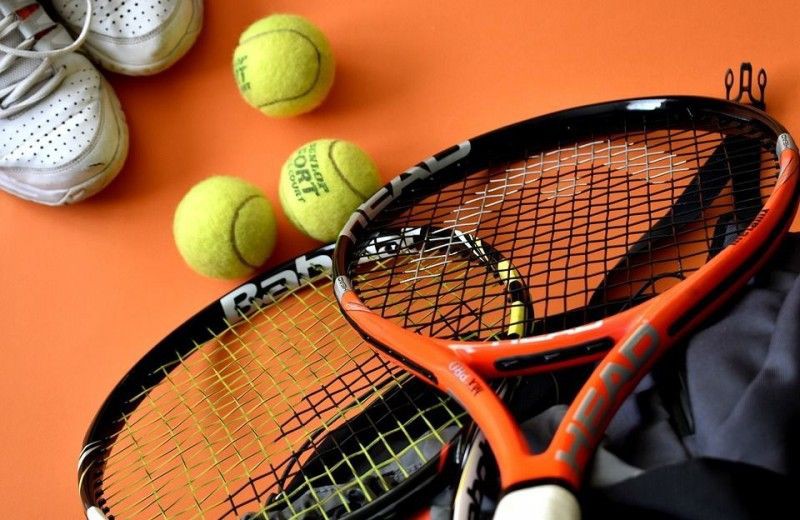Modern tennis has entered a curious new phase of uncertainty, not because of tactics or technology, but because of the very balls used in competition. Across the professional circuit, players have raised growing concerns that modern tennis balls have become inconsistent, unpredictable, and potentially hazardous to their health.
The shift has been subtle but significant. Players are reporting that the balls used on tour behave differently from week to week, depending on the brand or tournament contract. The issue lies in how quickly the felt covering fluffs up after just a few games. When new, the ball’s surface is smooth and aerodynamic. But after repeated impacts against rackets and court surfaces, the felt loosens, creating a fluffy exterior that slows the ball down and alters its bounce. This change affects timing, spin, and even tactics making it harder to hit through the court and forcing players into longer rallies.
Many players believe these balls deteriorate faster than ever before. Some attribute the problem to changes in manufacturing quality, particularly after the Covid-19 pandemic, which disrupted the supply of felt materials used in production. This inconsistency has led to a range of on-court problems and an alarming rise in wrist, elbow, and shoulder injuries. Players note that the constant adjustment to new ball types puts extra stress on their joints, particularly when the balls suddenly feel heavier or fluffier mid-match.
To adapt, professionals have resorted to drastic measures. Some have changed their string setups entirely, shifting from natural gut to full polyester or altering string tension in real time to manage the ball’s behavior. The challenge is especially tough for players who rely on precision or consistent rhythm rather than raw power. Those with heavy topspin games also report that the fluffier balls neutralize their shots, making it easier for opponents to counterattack.
Despite these frustrations, some top players continue to thrive, using their power and adaptability to overcome the slower conditions. Yet for many others, the unpredictable performance of modern tennis balls remains a major source of irritation and physical strain. As the debate intensifies, one thing is clear: the humble tennis ball, long considered a mere tool of the sport, has become one of its biggest talking points and perhaps its most pressing problem.

